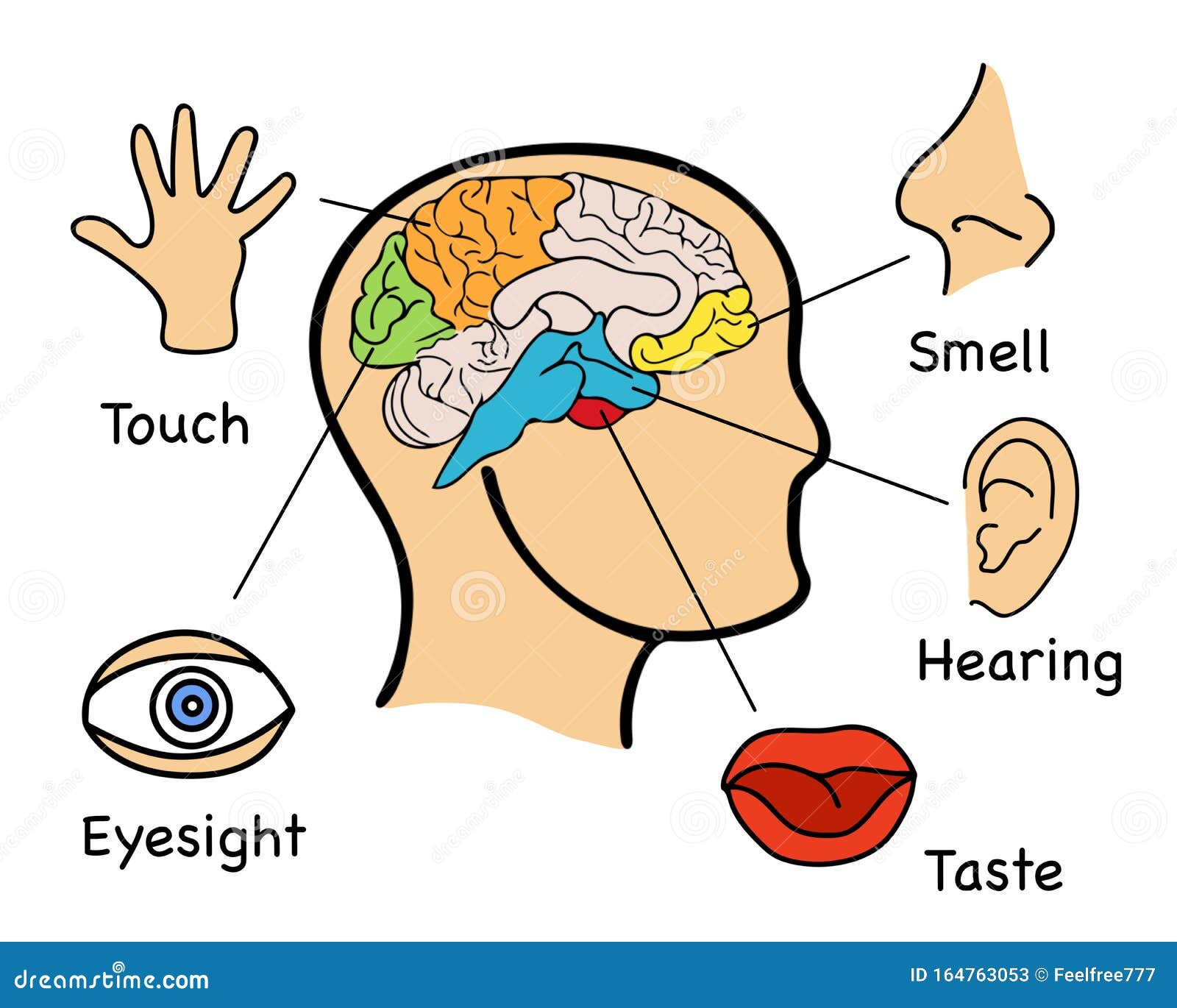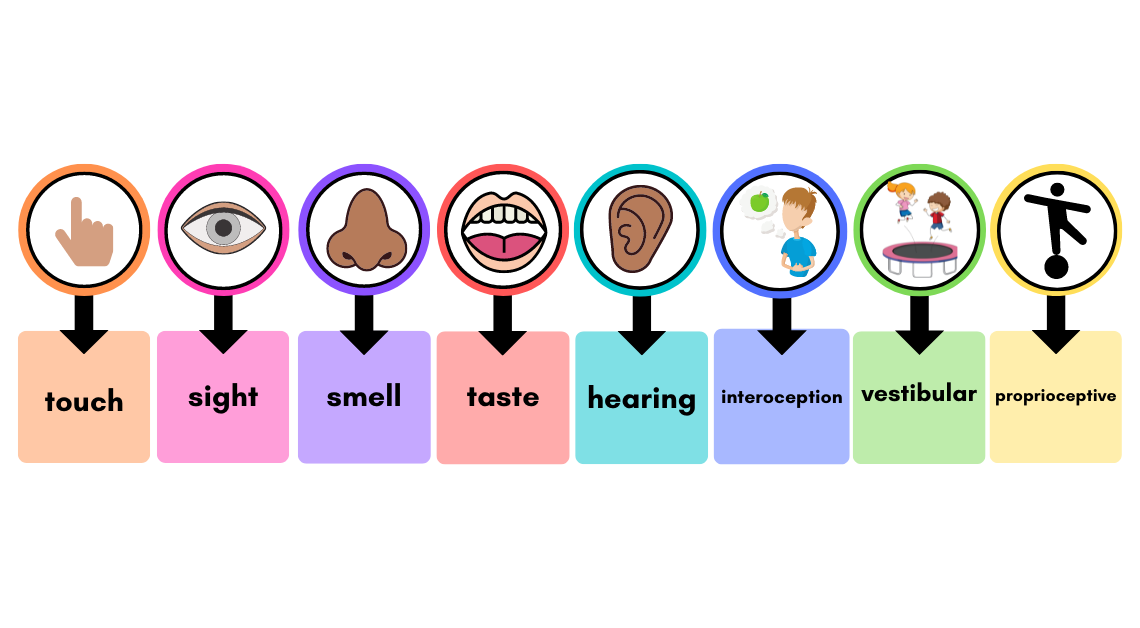
It is commonly believed that humans have five senses - sight, hearing, smell, taste, and touch. However, recent research suggests that we may have more than just these five senses. In fact, some scientists believe that we have up to 21 different senses. This article will explore whether humans have more than five senses and what these additional senses may be.
The Traditional Five Senses
The five senses that are traditionally taught in schools are sight, hearing, smell, taste, and touch. These senses are responsible for allowing us to perceive the world around us. Sight enables us to see colors and shapes, while hearing allows us to hear sounds and voices. Smell helps us to detect different scents, and taste enables us to experience flavors. Finally, touch enables us to feel textures and temperature.
The Sixth Sense

Many people have heard of the "sixth sense," but what does this actually mean? The term "sixth sense" is often used to refer to the ability to sense things that are not visible or audible. This could include the ability to sense danger or the presence of spirits. However, there is no scientific evidence to support the existence of a true sixth sense.
Additional Senses
While the traditional five senses are well-known, there are several other senses that are less commonly discussed. These include:
- Proprioception: This is the sense of where your body is in space. It enables you to perform movements without having to look at your body.
- Equilibrioception: This is the sense of balance. It enables you to maintain your balance and posture.
- Thermoception: This is the sense of temperature. It enables you to detect hot and cold temperatures.
- Nociception: This is the sense of pain. It enables you to detect pain and avoid potential harm.
- Chronoception: This is the sense of time. It enables you to perceive the passage of time.
Why Does It Matter?

You may be wondering why it matters whether humans have more than five senses. After all, we are able to function just fine with the traditional five senses. However, understanding the full range of senses that humans possess can help us to better understand how we interact with the world around us. It can also help us to develop new technologies and treatments for sensory impairments.
Conclusion
While the traditional five senses are well-known, humans may have more than just these five senses. This includes senses such as proprioception, equilibrioception, thermoception, nociception, and chronoception. Understanding the full range of senses that humans possess can help us to better understand ourselves and the world around us.